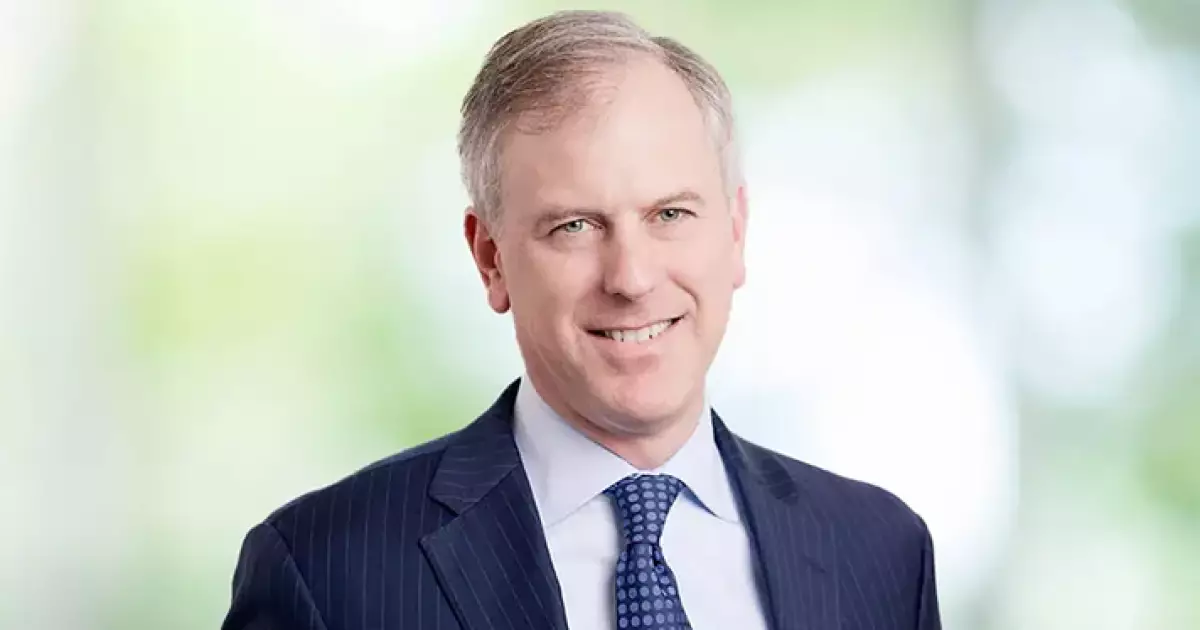At the heart of the Biden administration’s push for infrastructure enhancement lies a growing faith in public-private partnerships (P3s). While the idea of leveraging private capital to boost federal projects sounds promising, a deeper critique reveals that this strategy often underestimates the fundamental motivations of private entities. Private firms are driven by profit, not patriotism or public benefit. Their engagement hinges on clear, predictable returns, long-term stability, and minimal political interference. Relying heavily on private capital, especially from U.S. pension funds or foreign investors, risks turning infrastructure into a financial commodity rather than a public good. The notion that private firms will eagerly step into every project with enthusiasm overlooks the reality that many infrastructure projects are inherently risky, politically charged, and often delayed by bureaucratic red tape, making some investments unattractive without considerable incentives.
The assumption that private investors will align seamlessly with national infrastructure goals displays an overly optimistic view of the private sector’s willingness to serve the public interest. Encouraging private investment requires far more than creating templates or offering initial incentives; it demands a stable, predictable regulatory environment where returns are guaranteed and political risks minimized. Without addressing these underlying issues, the push to attract private funds may end up producing projects with higher costs, lower transparency, and potential gaps in service, ultimately undermining the very infrastructure improvements it seeks to achieve.
Privatization of Public Assets: A Double-Edged Sword
The emphasis on increasing P3s brings up another critical question: Are we risking the privatization of essential infrastructure? Advocates argue that private involvement can bring efficiency, innovation, and capital to projects that have traditionally relied on federal or state funding. However, history indicates that privatization often comes at a cost to public accountability and affordability. Toll roads, airport management, and transit systems have sometimes been handed over to private corporations whose primary goal is maximizing profits—sometimes at the expense of service quality and accessibility.
This strategy could result in monopolistic practices where privately controlled infrastructure becomes less accessible to those with limited means. For example, if private investors prioritize profitable corridors or segments, underserved communities could suffer from neglect. Moreover, the focus on marquee projects supported by U.S. pension funds or foreign capital risks diverting attention from the vital but less glamorous infrastructure needs—like rural roads, water systems, or public transit in underserved urban areas. A balanced approach requires rigorous oversight and safeguards to prevent infrastructure from becoming just another vehicle for private enrichment masquerading as public progress.
The Myth of Cost-Free Infrastructure Improvements
Critics often hear rosy forecasts about how private capital can bridge the enormous investment gap—$4.6 trillion, as cited by board members—without raising taxes or reallocating revenues. Yet, this perspective overly romanticizes the notion of ‘free’ funding, ignoring the externalities involved. Private capital is not charity; it demands a return on investment, which materializes through tolls, higher user fees, or reduced public subsidies. These costs are often passed onto consumers and cities long before the projects are even completed, creating a financial burden on ordinary Americans.
Furthermore, incentivizing private investment in infrastructure does little to address the root issue: the need for broad, sustained government commitment. While private capital can supplement federal and state investment, relying on it as a primary funding mechanism risks future liabilities and costs falling on taxpayers or users. This misalignment could lead to inflated project costs, compromised quality, and increased inequality—especially if key infrastructure becomes privatized and access becomes a privilege rather than a right.
The Political and Practical Limitations of Rapid Infrastructure Overhaul
Speed is often cited as a virtue in these plans—”think big, think bold,” as Transportation Secretary Sean Duffy urges. However, infrastructure projects are inherently complex, often spanning decades from conception to completion. Accelerating these processes involves shortcuts—either in project planning, environmental reviews, or stakeholder engagement—that can backfire in the long run.
Policymakers must grapple with the political realities of entrenched interests and local opposition. Private investment won’t flourish in a chaotic or uncertain regulatory landscape. Without clear, consistent policies and transparent procedures, private investors will stay on the sidelines, hesitant to commit funds. Additionally, rushing projects to meet political timelines risks sacrificing quality, safety, and long-term resilience. It’s easy to champion rapid development, but much harder to ensure the infrastructure built under accelerated schedules will withstand the test of time.
In Summary: A Cautionary Perspective on Relying on Private Capital
America’s infrastructure needs a significant overhaul, but the current strategy’s reliance on private capital is fraught with pitfalls. The romanticized view that private investors, both domestic and foreign, will eagerly fill the funding gap ignores the complexities of market incentives, regulatory landscapes, and public accountability. Harnessing private capital can be part of the solution, but only if accompanied by robust safeguards, strict oversight, and policies that prioritize public interest over profits. Otherwise, the push for private involvement risks turning essential public assets into commodities, exacerbating inequalities, and undermining the very foundation of a resilient infrastructure system. As much as speed and innovation are desirable, caution must guide the bold plans—blind faith in private capital is a gamble that could cost Americans dearly in the long run.


Leave a Reply